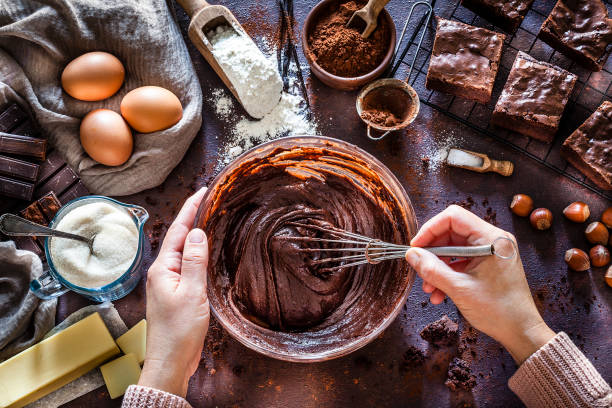Cooking fish is an art that requires the right tools, and one of the most crucial elements in this culinary journey is the choice of the right pan. The right pan can make a significant difference in the taste, texture, and overall success of your fish dish. In this guide, we’ll explore the various types of pans available, their features, and how to choose the perfect pan for cooking fish.
Types of Pans
- Nonstick Pans: Nonstick pans are a popular choice for cooking fish due to their convenience and easy cleanup. These pans have a coating that prevents food from sticking, reducing the need for excessive oil or butter. When using nonstick pans for fish, it’s important to use utensils that won’t scratch the coating, as scratches can compromise the nonstick surface. Opt for high-quality nonstick pans to ensure longevity.
- Stainless Steel Pans: Stainless steel pans are known for their durability and even heat distribution. They are an excellent choice for cooking fish fillets or delicate seafood. While stainless steel pans may require a bit more oil or butter to prevent sticking, they offer a great searing capability. Look for pans with an aluminum or copper core for enhanced heat conduction.
- Cast Iron Pans: Cast iron pans are revered for their exceptional heat retention and even heating. They are particularly well-suited for fish that benefit from a crispy sear, such as salmon or snapper. Cast iron pans require seasoning to maintain their nonstick properties and prevent rusting. With proper care, a cast iron pan can become a versatile and long-lasting tool in your kitchen.
- Carbon Steel Pans: Similar to cast iron, carbon steel pans offer excellent heat retention and even heating. They are lighter than cast iron, making them more manageable for some users. Carbon steel pans develop a natural nonstick surface over time with proper seasoning and use. These pans are ideal for a quick and even sear on fish fillets.
Considerations for Choosing the Right Pan
- Size: The size of the pan matters when cooking fish. A pan that is too small can overcrowd the fish, leading to uneven cooking and a lack of that desirable crispy texture. On the other hand, a pan that is too large may not retain enough heat, resulting in suboptimal searing. Choose a pan that comfortably accommodates the size and quantity of fish you plan to cook.
- Thickness: The thickness of the pan influences its heat retention and distribution. Thicker pans generally provide more even heating, preventing hot spots that can lead to unevenly cooked fish. Look for pans with a consistent thickness across the surface.
- Nonstick Coating Quality: If opting for a nonstick pan, pay attention to the quality of the coating. High-quality nonstick surfaces are durable and less likely to peel or scratch. Choose pans labeled as PFOA-free for a safer cooking experience.
- Handle Design: Consider the handle design of the pan. Handles should be heat-resistant and securely attached. If the pan is oven-safe, ensure that the handle

